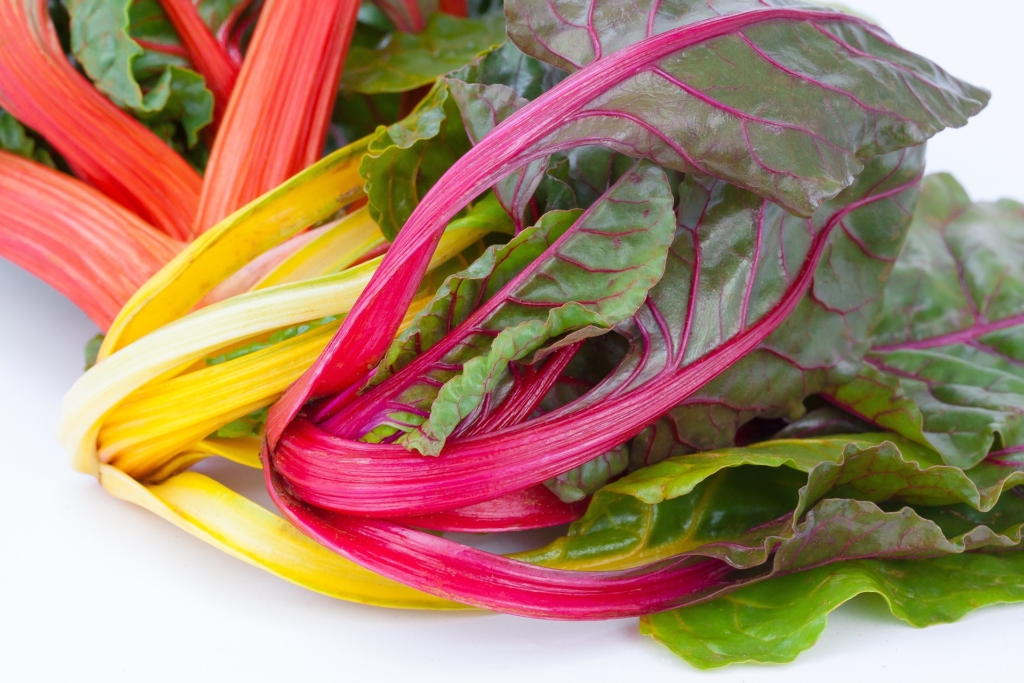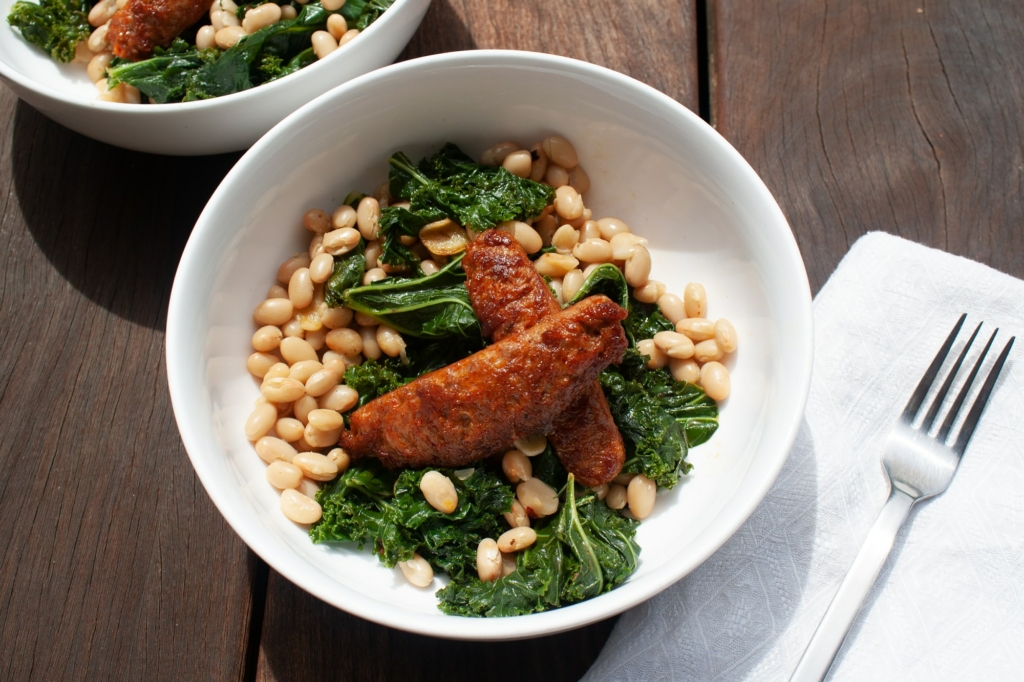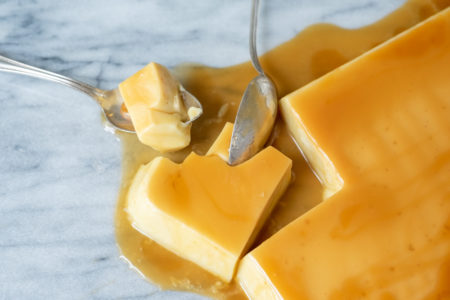With tender stalks and large edible leaves, chard is a workhorse in the kitchen. From soups to stews to sautes to salads, chard can be used in a variety of dishes. But what’s the difference between rainbow chard and swiss chard? Can I eat the stems? We’re here to breakdown all your pressing chard questions.
What is Chard?
Chard is an edible leafy green in the beet family that has been cultivated and enjoyed by humans for thousands of years. Rich in nutrients, chard makes a healthy addition to any meal and can be cooked or served raw. The word chard comes from the Latin word “carduus”, which means artichoke thistle. Chard is often known as Swiss chard. Switzerland, however, is not the native home or origin for chard and the reason for this name is unknown.

Varieties of Chard
At the grocery store you may find yourself confronted with an array of chard options, especially in the spring when chard first appears. The most common varieties are green chard (also known as Swiss chard), rainbow chard, and red chard. The different names correspond with the color of the plant’s stalk.
What’s the Difference Between Chard Varieties?
The only major difference between types of chard is color. From a cooking standpoint all types of chard can be used interchangeably. If you want a bit of color in your next salad then we recommend choosing rainbow or red chard (not that the color of the stalks will diminish with heat), but for the most part you can really use any variety of chard when it is called for in a recipe.

Cooking with Chard
Chard is a versatile plant that can be used in a variety of ways. We love to stir a handful of chopped chard into soups and stews for added color, flavor, and nutrients. Most hearty greens are interchangeable and can be swapped with one another. Try our Italian White Bean Stew recipe, but substitute kale for an equal amount of chard.

You can also use chard leaves as a wrap for burritos, roll-ups, and sandwiches. Try swapping out collard greens for chard leaves in our Tofu Collard Wrap recipe. As chard leaves are a bit thinner than collards, we recommend using two leaves per wrap.
We love beans and greens as the base for any nutritious dinner. Our recipe for Sausage, Beans, and Greens can be prepared in 15 minutes and only requires 6 ingredients. You can chop up the chard stems and saute them with the sausage for even more texture and flavor.




